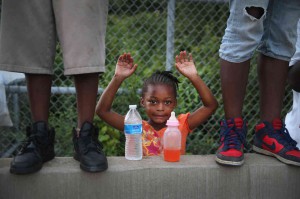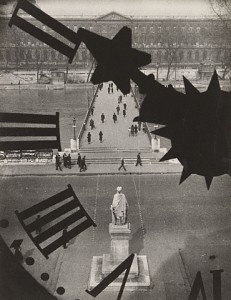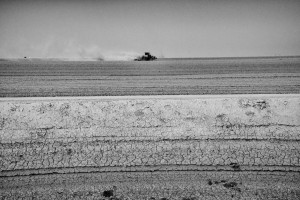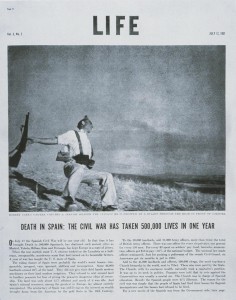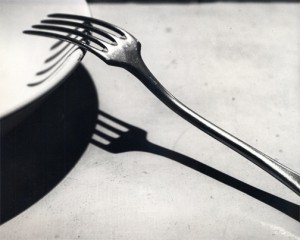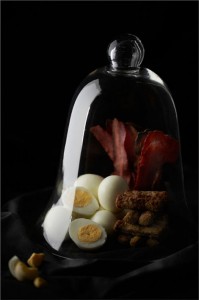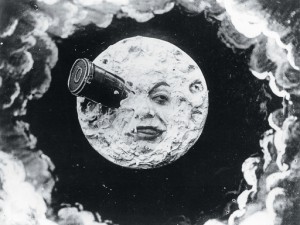 Thanks to all who have been blogging regularly and since we’re going into the last half of the semester I’ve decided to make a change to the submission process for our Discussion Topics. As of this week (Week 8), you will have a long deadline due date and be able to submit your posts up until Monday December 14 (our last lecture meeting before Finals). However, at this point in the semester please do not submit posts for earlier Discussion Topics (Weeks 1-7) because you will not receive credit for them.
Thanks to all who have been blogging regularly and since we’re going into the last half of the semester I’ve decided to make a change to the submission process for our Discussion Topics. As of this week (Week 8), you will have a long deadline due date and be able to submit your posts up until Monday December 14 (our last lecture meeting before Finals). However, at this point in the semester please do not submit posts for earlier Discussion Topics (Weeks 1-7) because you will not receive credit for them.
By now you may have noticed that your mid-semester grades are posted. If you have any questions, please email me at scheng@citytech.cuny.edu. Please keep checking the grade center on Blackboard for updates on the grades for your papers, all paper grades will be up by the end of the week.
Because of financial aid considerations, withdrawing from a class is not recommended. However, if you are contemplating withdrawing, please be advised that the last day to withdraw without penalty is Thursday, Nov. 6. This is the last day to withdraw with a W grade.
A reminder, mid-semester grades are:
P=Passing work
*BL= Borderline
U=Unsatisfactory
SA=Stopped Attending
*If you received a BL, it is likely that you are having problems with your attendance, didn’t do so well on the midterm, or missing the paper assignment and have done no blogging.. Having said that, it is in your best interest to participate fully on the class blog because it is worth 15% of your grade. What is 15%? It’s worth more than one letter grade on the grade scale, meaning if you’re averaging a C in the course, weekly participation on the discussion board can pull you up into the B/B+ range. Therefore, please participate and use the blogging to your advantage.
I have also posted the Extra Credit Assignments. There are 6 options and they are optional, you can submit one extra credit, do all the options or do none, it is up to you. You will find the extra credit under assignments.
The discussion board for Week 8 is: https://openlab.citytech.cuny.edu/fylcartoffoodfall2014/2014/11/02/week-8-discussion-topic-photography-and-special-effects-in-early-film/
Extra Credit assignments: https://openlab.citytech.cuny.edu/fylcartoffoodfall2014/assignments/extra-credit-options/
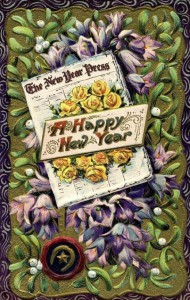 If you have not noticed, your grades have been uploaded to Blackboard, as well as CUNYFirst. Your group presentations have also been uploaded on the same page as your egg poetry. Thank you all for a wonderful semester and I wish you a relaxing winter break and Happy New Years!
If you have not noticed, your grades have been uploaded to Blackboard, as well as CUNYFirst. Your group presentations have also been uploaded on the same page as your egg poetry. Thank you all for a wonderful semester and I wish you a relaxing winter break and Happy New Years!
